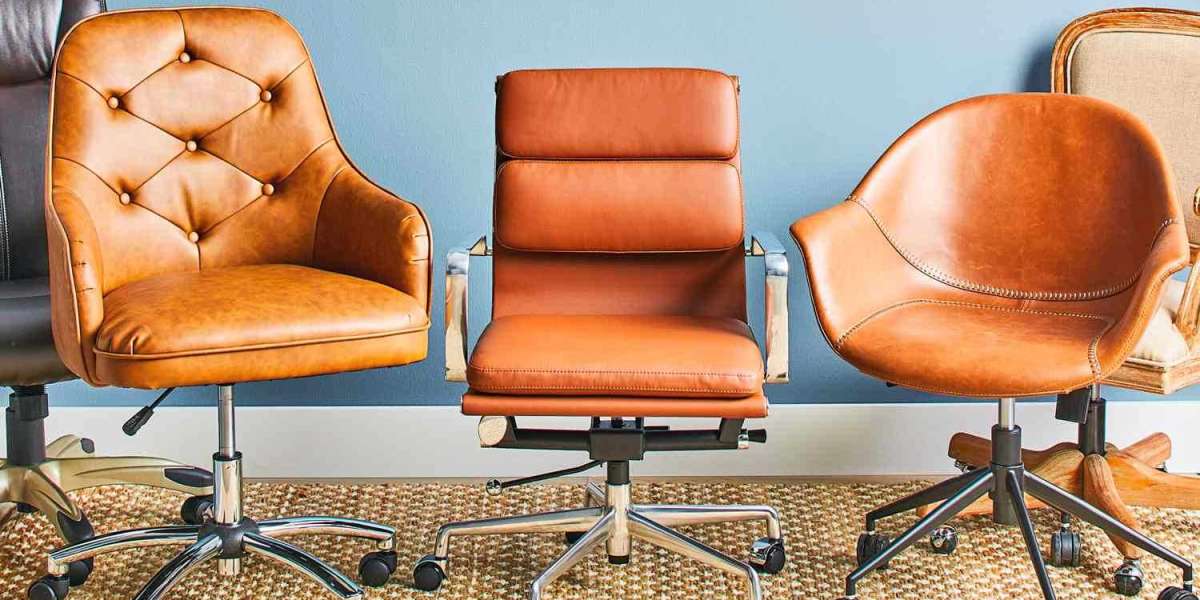Choosing the right office furniture is crucial for creating a productive and comfortable work environment. With diverse workstyles, from collaborative teams to focused individuals, understanding the specific needs of each workstyle is essential. This guide will help you select office furniture tailored to various workstyles, ensuring that your workspace is functional and conducive to productivity.
1. Understanding Workstyles
Types of Workstyles:
- Collaborative Workstyle: Team members frequently interact and work together on projects.
- Focused Workstyle: Individuals require quiet spaces to concentrate on tasks and minimize distractions.
- Flexible Workstyle: Employees alternate between various tasks, requiring adaptable furniture to suit different needs.
- Hybrid Workstyle: Combines remote and in-office work, necessitating furniture that accommodates both environments.
2. Furniture for Collaborative Workspaces
Key Features:
- Open Layout: Encourage communication and teamwork with open layouts that facilitate interaction.
- Flexible Seating: Use movable chairs and tables to create adaptable spaces that can be easily reconfigured.
Recommended Furniture:
- Modular Seating: Soft seating options like modular sofas or lounge chairs that can be rearranged for group discussions.
- Collaborative Tables: Large, round or rectangular tables that promote face-to-face interaction among team members.
- Whiteboards and Flip Charts: Essential tools for brainstorming sessions and collaborative planning.
Example:
- Hay About A Chair: Stylish, stackable chairs that can be easily moved to create informal meeting spaces.
3. Furniture for Focused Workspaces
Key Features:
- Privacy: Furniture that offers soundproofing or visual barriers can help minimize distractions.
- Ergonomics: Adjustable and supportive chairs and desks are essential for comfort during long periods of focused work.
Recommended Furniture:
- Private Desks: Desks with high partitions or screens to create a sense of privacy.
- Ergonomic Chairs: Chairs designed for long hours of sitting, promoting good posture and reducing discomfort.
- Acoustic Panels: Wall-mounted panels that absorb sound and create quieter work areas.
Example:
- Steelcase Gesture Chair: This ergonomic chair offers excellent support and adaptability for focused work.
4. Furniture for Flexible Workspaces
Key Features:
- Versatility: Furniture should be easy to move and reconfigure to accommodate various tasks.
- Multi-Functionality: Desks and seating that serve multiple purposes help maximize space.
Recommended Furniture:
- Height-Adjustable Desks: Allow employees to switch between sitting and standing, catering to different work preferences.
- Mobile Workstations: Portable desks or carts that can be moved around the office for different tasks.
- Couches or Lounge Chairs: Comfortable seating options that encourage informal meetings or relaxation.
Example:
- Uplift Height Adjustable Desk: A versatile desk that accommodates both sitting and standing positions.
5. Furniture for Hybrid Workspaces
Key Features:
- Adaptability: Furniture should work well in both home and office settings.
- Tech Integration: Consider furniture that supports technology for seamless connectivity.
Recommended Furniture:
- Foldable or Stackable Furniture: Easy to store and move, making it suitable for fluctuating team sizes.
- Integrated Technology Desks: Desks that include built-in power outlets and cable management systems.
- Flexible Meeting Spaces: Conference tables that can be easily reconfigured for larger or smaller groups.
Example:
- Vari Electric Standing Desk: A height-adjustable desk that’s ideal for both home and office environments.
6. Choosing the Right Aesthetic
Importance:
The aesthetic of your office furniture can influence employee morale and productivity. Consider the following:
- Brand Identity: Ensure that the furniture aligns with your company’s branding and values.
- Color Schemes: Choose colors that promote creativity and focus. Bright colors can energize, while muted tones can create a calm atmosphere.
Recommended Styles:
- Modern Minimalist: Clean lines and functional design for a contemporary look.
- Warm and Inviting: Soft colors and natural materials to create a comfortable environment.
- Creative and Fun: Bold colors and unique designs to stimulate creativity and innovation.
7. Conclusion
Choosing the right office furniture is essential for accommodating different workstyles and enhancing productivity. By understanding the specific needs of collaborative, focused, flexible, and hybrid workstyles, you can select furniture that supports your team’s work processes and promotes well-being. Prioritize ergonomics, adaptability, and aesthetics to create a workspace that not only functions well but also inspires and engages employees. With the right furniture, you can foster a productive environment that meets the diverse needs of your workforce.








